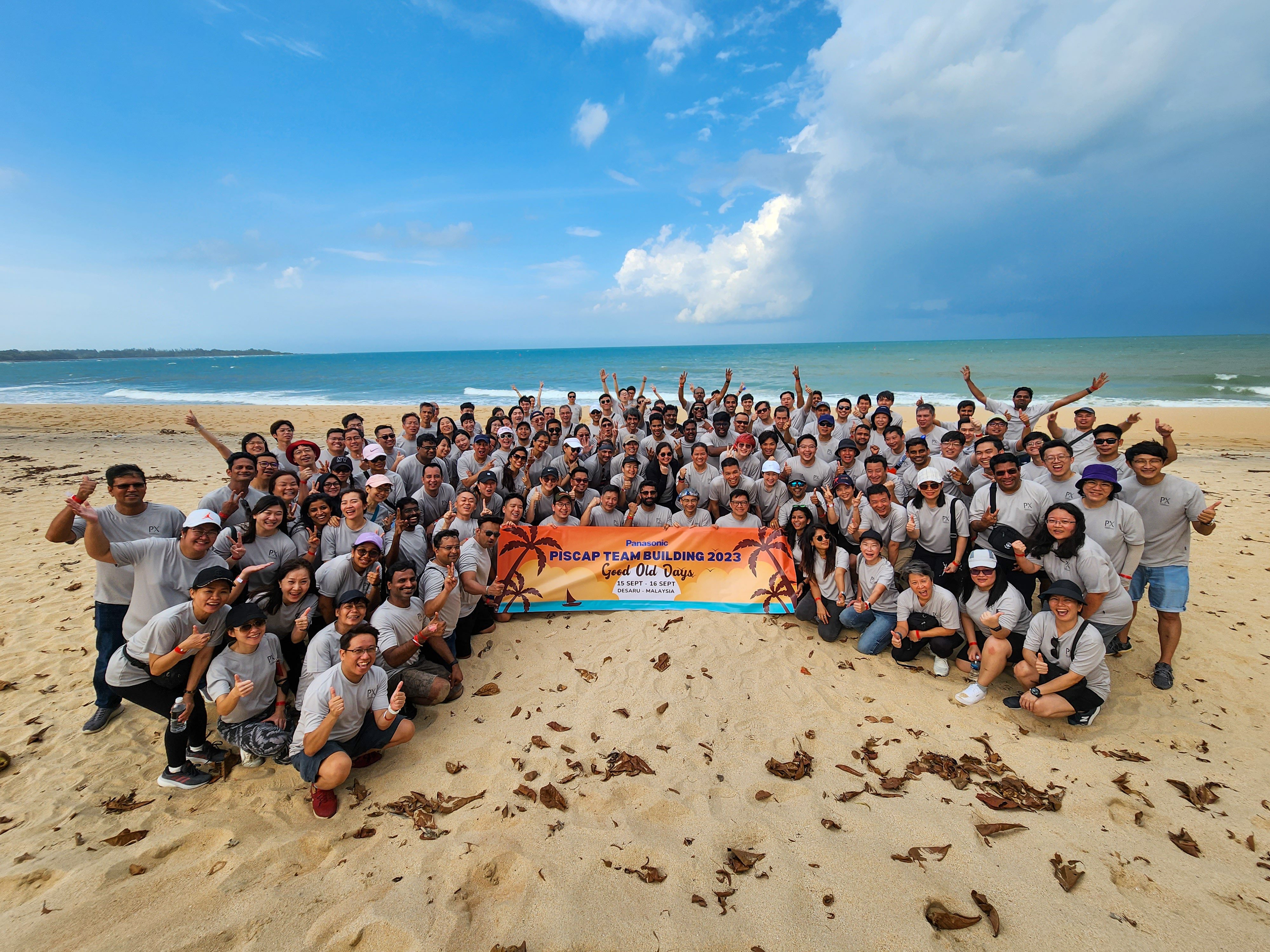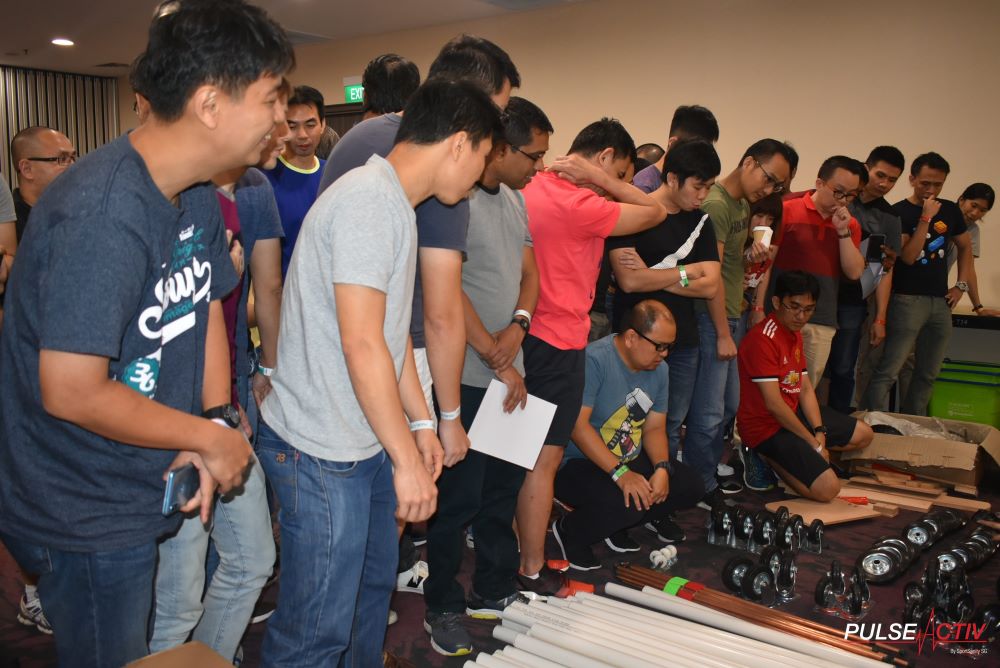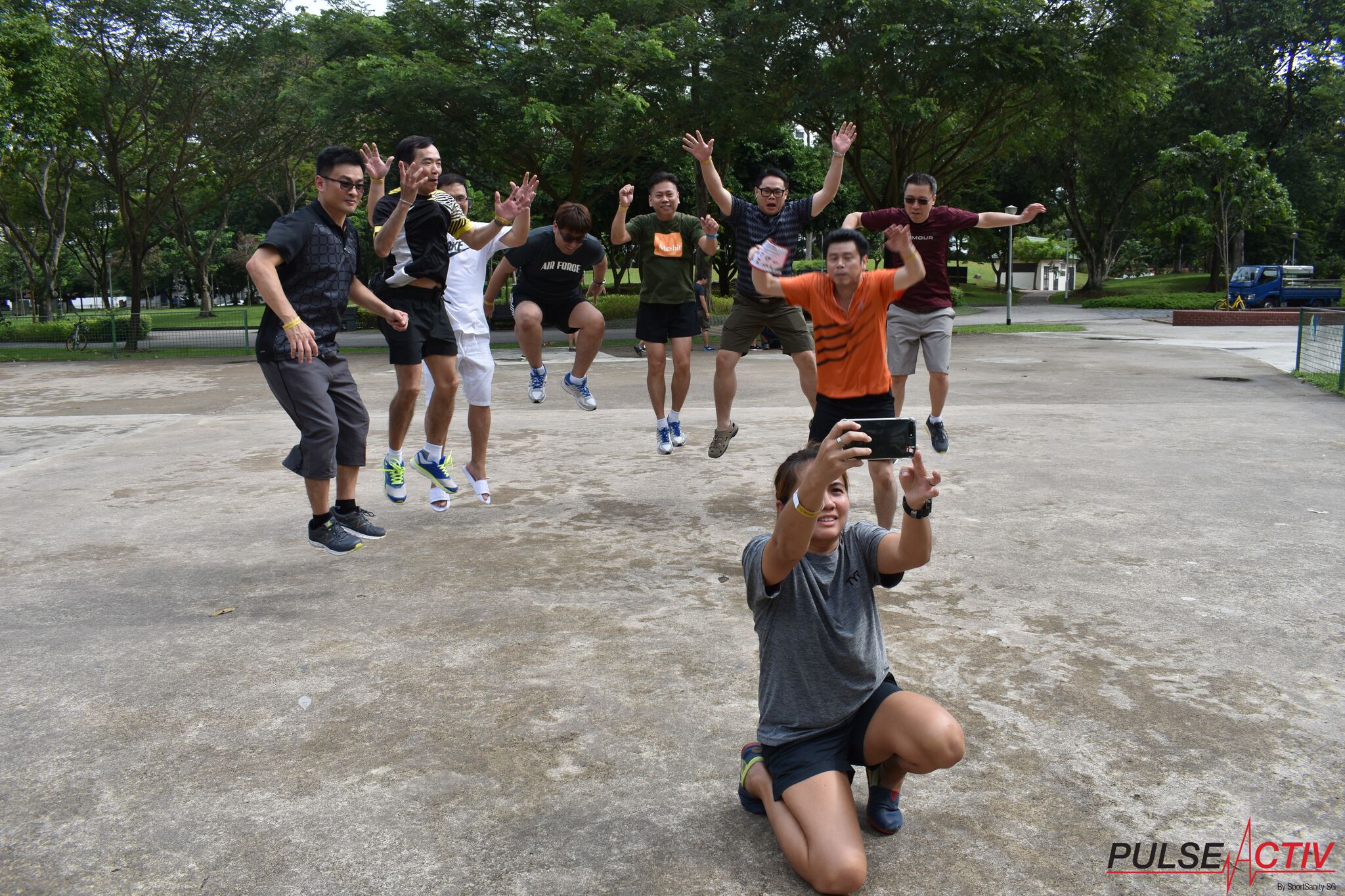Tech-Savvy Retreats: Leveraging Technology to Enhance Your Overseas Corporate Getaway
In today’s fast-paced digital world, technology has become an integral part of corporate events, including overseas retreats. Leveraging advanced tools such as Virtual Reality (VR), Augmented Reality (AR), and mobile apps can significantly enhance the experience for participants, making the retreat more interactive, engaging, and memorable. This article will explore how these technologies can be incorporated into your next corporate getaway, from planning to execution, ensuring that your event is not only innovative but also impactful.
Planning Your Tech-Savvy Retreat
The journey of creating a tech-enhanced retreat begins long before the event itself. Proper planning is crucial to seamlessly integrate technology into the experience. Here’s how you can start:
1. Virtual Reality for Site Inspections
Traditionally, choosing the perfect location for an overseas retreat involved site visits, which could be time-consuming and costly. With VR, you can now conduct virtual site inspections from the comfort of your office. VR allows you to explore different venues, review layouts, and even visualize event setups in real-time, helping you make informed decisions without the need for physical travel.
2. Mobile Apps for Event Planning
Custom mobile apps have become essential tools for event planners. These apps can manage everything from itinerary scheduling to attendee registration. Participants can access all necessary information, such as event agendas, maps, and contact details, directly from their smartphones. Additionally, apps can facilitate communication between organizers and attendees, ensuring that everyone is on the same page from the start.
3. AR for Interactive Pre-Event Engagement
Augmented Reality can be used to create interactive pre-event experiences. For instance, attendees could use an AR app to explore the retreat location, learn about local culture, or participate in virtual team-building activities before the actual event. This not only builds excitement but also helps participants familiarize themselves with the destination and each other.
Enhancing the On-Site Experience
Once the retreat begins, technology plays a pivotal role in creating an immersive and engaging environment. Here’s how to make the most of VR, AR, and mobile apps during the event:
1. VR for Training and Team-Building Activities
Virtual Reality can be a game-changer for training sessions and team-building exercises. Imagine putting your team through a virtual challenge that requires collaboration and strategic thinking, all within a controlled and safe environment. VR can simulate real-world scenarios, allowing participants to practice skills, solve problems, and strengthen their teamwork in a fun and immersive way.
2. AR for Location-Based Challenges
Augmented Reality is perfect for creating interactive, location-based challenges. For example, you can design a scavenger hunt where participants use their mobile devices to uncover hidden clues overlaid on the real world through AR. These challenges can be tailored to incorporate local landmarks and cultural elements, making the experience both educational and entertaining.
3.Mobile Apps for Real-Time Interaction
Mobile apps can be used to facilitate real-time interaction among participants. Features like live polling, Q&A sessions, and instant feedback allow attendees to engage with the content and each other throughout the retreat. Additionally, apps can provide push notifications for schedule updates, reminders, and important announcements, ensuring that everyone stays informed and connected.
Post-Retreat Follow-Up and Engagement
The benefits of a tech-savvy retreat don’t end when the event does. Technology can also be leveraged to maintain engagement and reinforce the retreat’s impact after it’s over:
1. VR for Post-Event Reflection
After the retreat, VR can be used to revisit key moments or sessions. Participants can re-experience certain activities or presentations, allowing them to reflect on what they learned and how they can apply it in their daily work. This kind of reinforcement helps to solidify the retreat’s lessons and ensures that the positive effects are long-lasting.
2. Mobile Apps for Continuous Communication
Post-event, the same mobile app used during the retreat can facilitate ongoing communication among attendees. It can be a platform for sharing photos, videos, and feedback, creating a sense of community and keeping the retreat’s spirit alive. The app can also be used to distribute follow-up materials, such as presentation slides or additional resources, ensuring that participants have everything they need to implement what they’ve learned.
3. AR for Ongoing Engagement
Augmented Reality can be employed for ongoing engagement by creating content that participants can access even after the retreat. For example, you could develop AR experiences that reinforce key messages from the event or offer continued learning opportunities. These could be in the form of interactive quizzes, puzzles, or mini-games that keep the retreat’s themes top of mind.
Conclusion: A Future-Forward Approach to Corporate Retreats
Incorporating technology like VR, AR, and mobile apps into your overseas corporate retreat not only enhances the experience but also sets a forward-thinking tone for your organization. These tools enable you to create a more dynamic, interactive, and memorable event, ensuring that your team leaves with valuable insights, stronger bonds, and a lasting impression. As technology continues to evolve, embracing these innovations will be key to staying ahead in the world of corporate events and ensuring that your retreats are as impactful as they are enjoyable.
To head back to read another article in our blog, click here.



